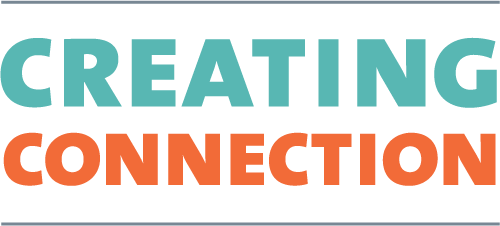Tom Jacobs of the Pacific Standard Magazine offers some much-needed good news for young children living in poverty: music and dance education can have an immediate, physiological benefit on low-income students.
The low-down
A study out of West Chester University led by psychologist Eleanor Brown examined the impact of music, dance, and visual arts lessons on stress levels of 310 economically disadvantaged preschoolers.
She tested cortisol levels—our bodies’ instinctual reaction to threatening situations—and found that after attending art class, the students’ average cortisol levels were lower (that’s a good thing) than after attending a home-room period.
Even better, that reduction was sustained over a period of time, says Brown, “This effect kicked in during the first half of the school year, and remained strong through the program’s conclusion…”
Keep it coming
But the researchers argue that sustained exposure is key, “the fact that these positive effects emerged at the middle of the year suggests that physiological benefits of arts programming may not be manifested upon children’s initial exposure…Rather, they may depend on children’s adjustment, or accumulated skill acquisition.”
We still don’t know exactly why stress levels are lower after art classes, but the researchers suspect that these classes teach emotional self-regulation and that activities such as singing and dancing allow for emotional release.
Jacobs ends his piece with a statement just too good to paraphrase:
Whatever the specifics, the classes’ positive impact is clear. If you still think of arts education as a luxury — well, is good mental and emotional health a luxury too?
Goodness let's hope not.

